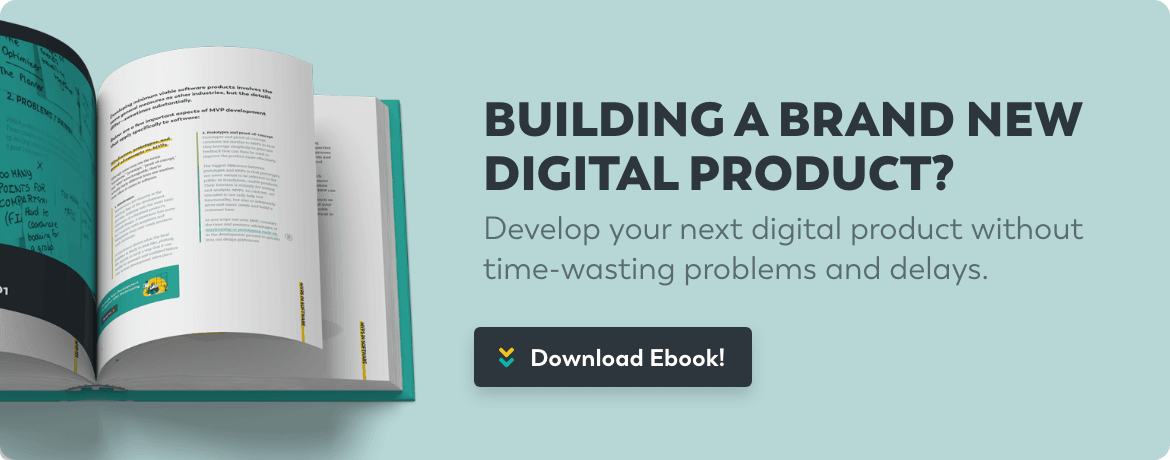Launching a product can be difficult. Getting it right involves getting to know your customers as deeply as possible and satisfying their needs to the best of your ability.
According to Gartner, very few product launches match up with companies’ expectations; as little as 11% of them hit predefined targets on every level. Among the many reasons cited for this phenomenon was a pronounced failure to meet customer requirements.
Not only can product launches fizzle out once they reach their intended market, but they’re also costly to see through in the first place. Delays in product production and launch have been found to pose serious negative effects on a business’s profitability. It literally pays to get product launches right—and that’s right where concept testing comes into the picture.
Concept testing bridges the gap between companies working on untested product ideas and the needs of the people they intend to serve. It can help smooth out bumps in your product’s design before development costs accumulate and keep complete product failures from jeopardizing your organization’s future.
What is concept testing?
Concept testing is a relatively simple way to conduct research around your proposed product. Best of all, it leverages your most valuable information source: customers.
To test a new product concept, companies normally conduct surveys with their customers, asking them a mixture of specific and open-ended questions about potential product designs, functions, and more.
There are many ways to survey customers for actionable product design information, and each of these may yield unique results for your development team to assess. Here are a few common concept testing examples worth considering:
One concept
Single-concept testing centers on supplying customers with a clear description of just one product’s features and salient characteristics. The concept of this potential product is then evaluated by customers using a questionnaire to gauge its viability.
By constraining the focus of the questionnaire to one idea, single-concept tests are able to produce good, usable results. Because the process is so simple, customers are less likely to be put off by it and, therefore, more willing to participate. Testing a single process is also relatively fast compared to other approaches, allowing organizations to glean valuable feedback and put it to use with fewer delays.
Comparison
Comparison concept testing makes vetting ideas against each other a possibility by asking customers to compare two separate concepts.
A context-sensitive approach is ideal for this type of test as it can produce results that are difficult to make practical use of. The questions used in a comparison type of concept test must be hyper-focused on key product details to produce clear results. Otherwise, the true reasons why participants picked one product over the other will be difficult to pick up on.
Unlike single-concept testing, comparisons may not highlight precise advantages. They may also fail to demonstrate if either of the designs were appealing on their own.
Comparison concept tests can also be more detailed and difficult to encourage customers to see through to the end.
Monadic
Monadic concept testing is quite similar to single-concept testing in that a given group of customers are asked to assess just one product idea. However, multiple concepts are tested among multiple smaller groups of people.
The results from this kind of test are highly focused, but the costs associated with finding such a large group of participants can sometimes be prohibitive.
Sequential monadic
A sequential monadic concept test differs from a monadic approach by showing small groups of people multiple concepts in a random sequence. The purpose of this approach is mostly to curb potential response biases and cultivate clearer results.
Unfortunately, this technique comes with its own problems: As participants are tasked with assessing a variety of concepts instead of just one, the number of questions they must answer can quickly become unwieldy, leading to poor responses. Given the relatively small participant group sizes, a lack of answers or a number of incomplete assessments can quickly skew the results of the test as well.
Proto-monadic
Proto-monadic tests combine the sequential monadic approach with a comparison test at the end. This technique helps companies arrive at more accurate conclusions by validating the sequential monadic portion of the test’s results.
Proto-monadic concept tests are even more complex than sequential monadic tests and, thus, come with the same general drawbacks. Questionnaire fatigue can definitely color results in this kind of test.
Concept testing matters
Concept testing can help companies mitigate the many risks of the product development process by heading off unsuitable ideas early on.
Issues with feature creep, inaccurate design assumptions, and more are potentially avoidable through the use of concept testing techniques. By leveraging real user input, you can align your project’s development with your users’ interests and needs.
At VeryCreatives, we partner with startups to help flesh out their design ideas and develop the creative digital solutions they intend to take to market. To learn more about how we can help guide your development efforts and what role concept testing plays in our approach, reach out today.
